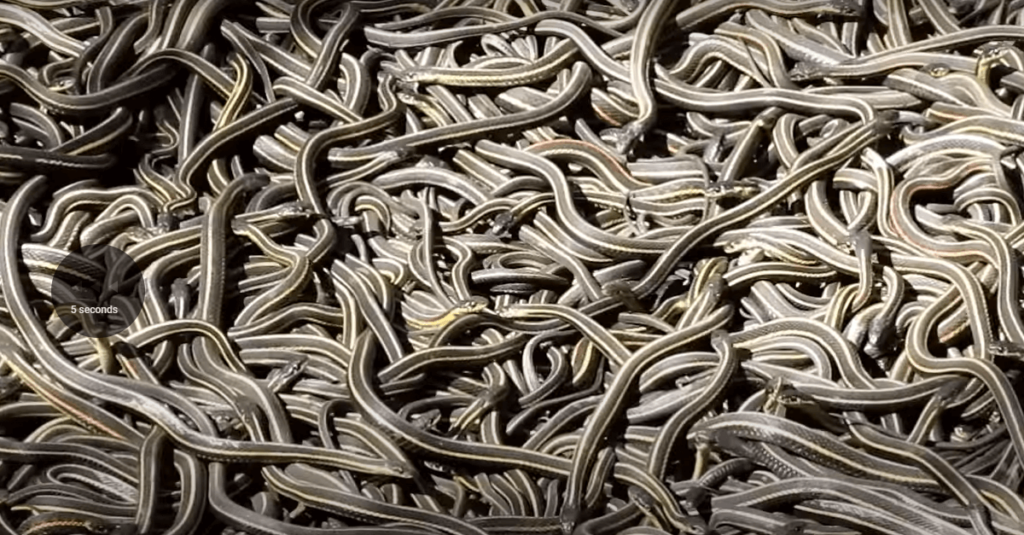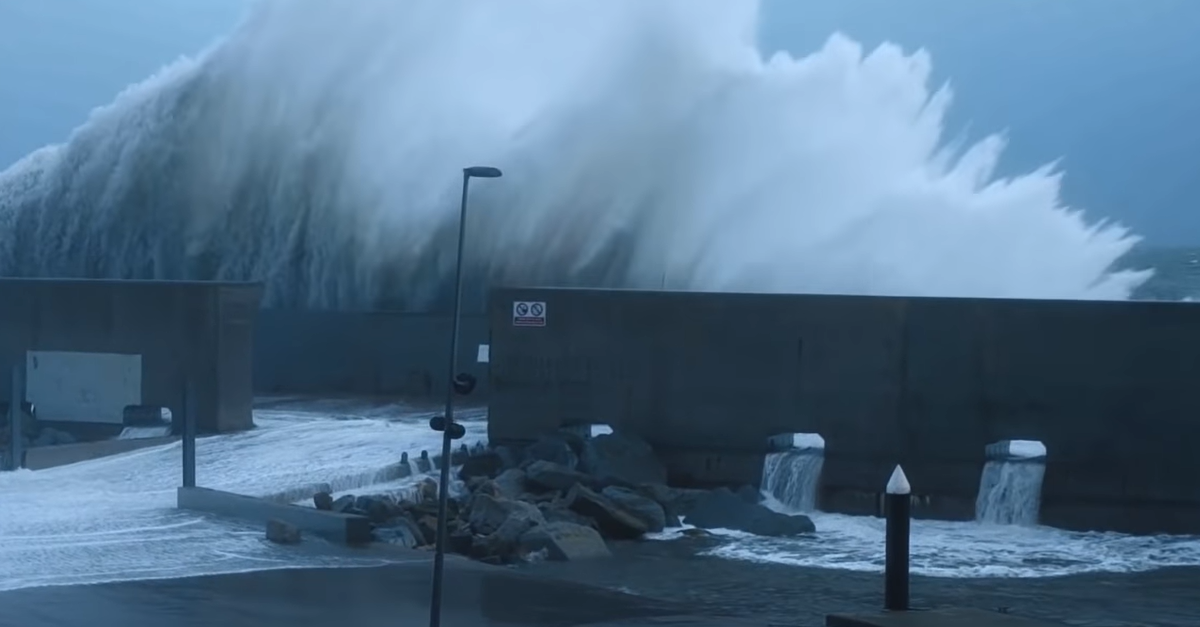There's a lot in the world that can be weird. Here are some very strange photos of nature in the world that most people haven't seen.
Here are some of the best photos that we could dig up to show you.
Curvy Forest

Here's a strange part of mother nature. These trees grew like this as saplings.
They've been around for 90 years and around 400 of them are growing like this. Nobody knows why.
Web Trees

In India sometimes it rains heavily, this can lead to strange things happening.
These spiders wanted to do anything to get out of the rain so they fled their sanctuary when the water started coming in. It looks like a horror movie.
Wandering Rocks

People also call these wonders "sailing stones". They are not a part of any specific area and are found around the world. Death Valley does have the biggest concentration of them though.
Nobody knows exactly what these stones move but they can travel up to 300 ft per day. These giant tones can be as heavy as 700 pounds.
Light Pillars

Here's a very pretty part of nature. They are called solar pillars and feel ghostly.
The way this works is that light reflects off of ice crystals and beams if up. Even the moonlight can do this.
Snake Mounds

Another not so unexplainable one but a very freaky one.
The garter snakes come together into beautiful balls and some gigantic ones have even been spotted in North America.
Devil’s Ring

In Turkmenistan, there's a place called the "Door To Hell"
The crater is located in a natural gas field that's been around for decades. No one knows how it came to be for sure.
Spotted Lake

Here's one that'll make anyone with Trypophobia run for the hills.
In summer this lake melts leaving briny water and mineral deposits. These shallow pools look beautiful or terrifying depending.
Fingers Of Death

These icicles are underwater and often called brinnacles. The interaction is a combination of saltwater and the sub-zero temperature.
It might not sound that exciting, but keep in mind this interesting phenomenon wasn’t discovered until the 1960s. Can you imagine the surprise on those diver’s faces? Nature is so amazing.
Dirty Thunderstorms

While scientists have figured out regular lightning storms, they have quite figured out the volcanic versions.
Since they can’t get close to an erupting volcano (duh), it’s hard to understand what causes this, they are just left with educated guesses. Spewing magma is already scary if you’re up close and personal with the event, but adding in some lightning strikes is terrifying.
Animals Gone Wild

It’s common sense that we should respect Mother Nature, but once in a while people can forget that some animals are not as gentle as they seem.
There have been more than a few cases of octopi latching on to sailors or divers. One even enveloped a diver (gear, camera, and all) and tried to drag him away.
Leaky Clouds

At first glance, someone would think these clouds had been pierced by something from the heavens.
But did you know it’s all because of pure water? That’s right pure H2O doesn’t freeze – even at very low temperatures. But if a piece of ice or even a spec of dust enters this area, the vapor will instantly crystalize.
MeMa Mounds

These hills lay in the prairies close to Olympia, Washington, and were discovered in 1841.
At first, researchers thought they were ancient burial grounds, but when they dug into them, they found nothing. Theories skyrocket into anything from seismic formation to gopher digging. To this day, no one knows why these huge, oval hills form just in that area.
The Perfect Hunting Storm

It might not seem like much on the surface, but once a year the waters along the South African coast become a hotbed of marine activity.
Sardines are forced to migrate with the ocean’s warm water streams and end up clumped in one particular bottleneck along the coast. Then, dolphins, sharks, whales, and diving birds all collide in a terrifying feeding frenzy.
Starling Flight

If you think of Starlings, you probably think of Hannibal Lecter’s speech on deep and shallow divers.
While the facts he gives are true, there’s more to their movement. Most researchers think that the coordinated and elegant change in movement comes from their need to avoid flying predators. The thing is, they move that way even when there’s no danger.

